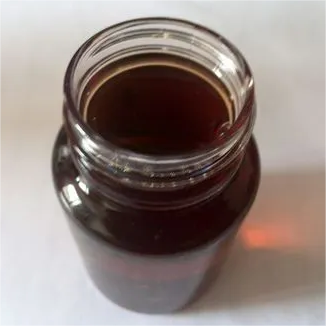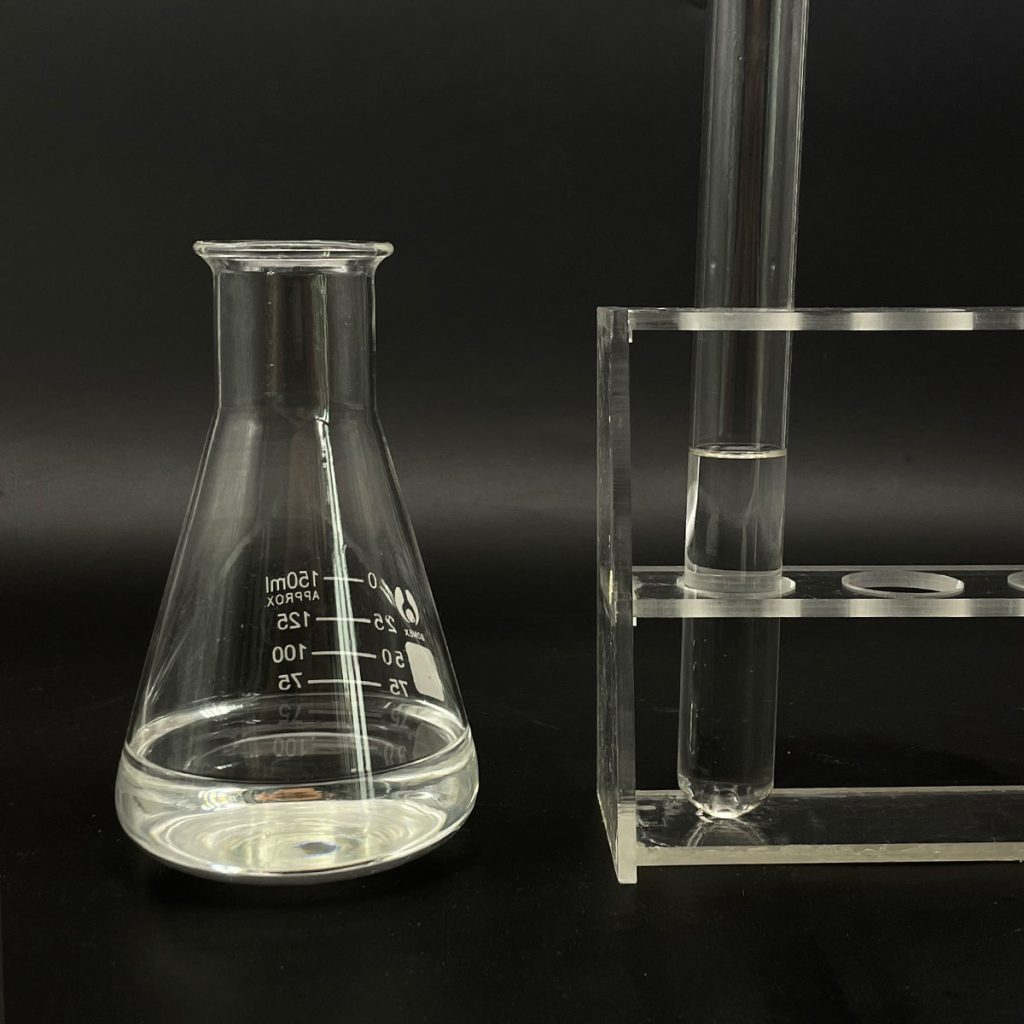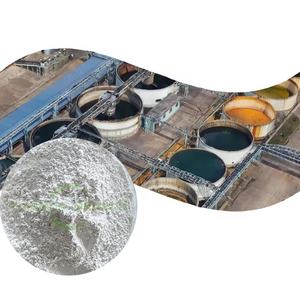1. Introduction
In the past 48 hours, agrochemical innovators have spotlighted sodium lauryl sulfate as a critical component in next-generation herbicide adjuvants designed for drought-resistant crops. With global food security under pressure from climate volatility, precision weed control has become essential—and surfactants like sodium lauryl sulfate are stepping into the spotlight not for shampoo, but for smarter farming.

While most consumers associate sodium lauryl sulfate (also known as sodium dodecyl sulfate or SLS) with foaming in personal care products, its real-world utility extends far beyond the bathroom. In agriculture, SLS acts as a powerful anionic surfactant that dramatically improves the efficacy of herbicides by reducing surface tension, enabling better coverage and absorption on waxy or hairy plant leaves.
2. Why Surfactants Matter in Herbicide Formulations
The meaning of surfactant—surface-active agent—comes alive in the field. When farmers spray weed killers, much of the solution can bead up and roll off target weeds, especially those with hydrophobic leaf surfaces. A surfactant for herbicides solves this by acting as a lawn wetting agent, ensuring the chemical sticks, spreads, and penetrates.
Among the many options, sodium lauryl sulfate stands out for its strong wetting power, cost-effectiveness, and compatibility with a wide range of active ingredients. Unlike non-ionic surfactants like polysorbate 80 or ethoxylated alcohols, SLS carries a negative charge (anionic), which can enhance electrostatic interactions with plant cuticles.
3. Sodium Lauryl Sulfate vs. Other Agricultural Surfactants
Farmers and formulators often weigh SLS against alternatives like methylated seed oil (MSO), which boosts penetration but can cause crop injury under heat stress. In contrast, sodium lauryl sulfate offers rapid spreading with lower phytotoxicity risk when used at proper rates.

Bio surfactants such as decyl glucoside, coco glucoside, and alkyl polyglucoside are gaining traction for organic farming due to their biodegradability. However, they often lack the aggressive wetting performance of SLS in hard water or high-pH spray tanks.
- Anionic surfactants like sodium lauryl sulfate and sodium dodecylbenzene sulfonate provide excellent spreading but may interact negatively with cationic herbicides.
- Amphoteric surfactants such as cocamidopropyl betaine (also called coco betaine or amidopropyl betaine) offer compatibility with both anionic and cationic systems, making them useful in tank mixes—but they’re costlier.
- Nonionic surfactants like Span80, Pluronic 127, and lignin sulfonate are stable across pH ranges but may not reduce surface tension as aggressively as SLS.
4. Formulation Synergies: Blending SLS with Modern Surfactants
Cutting-edge herbicide adjuvants now combine sodium lauryl sulfate with other surfactants to balance performance, safety, and environmental impact. For instance, pairing SLS with a mild amphoteric like sodium lauroyl methyl isethionate or sodium cocoyl isethionate reduces irritation potential while maintaining efficacy.
Some formulations blend SLS with sodium laureth sulfate (also called sodium lauryl ether sulfate or sodium lauryl ether sulphate) to modulate foam and improve rainfastness. Despite confusion in naming—sls sodium lauryl sulfate vs. sls sodium laureth sulfate—they serve distinct roles: SLS is a stronger cleaner and wetter, while laureth variants are milder and more soluble.
Interestingly, fluoro surfactants and sodium deoxycholate are being tested in ultra-low-volume applications, but their high cost and regulatory hurdles limit widespread use. Meanwhile, SLS remains a workhorse, especially in generic and value-tier products where sodium lauryl sulfate for sale is abundant from suppliers like Rohit Surfactants Private Limited.

5. Practical Use in the Field
When used as a wetting agent for grass or broadleaf weeds, sodium lauryl sulfate is typically applied at 0.25% to 1% v/v of the spray solution—roughly 1–4 ounces per gallon of water. This aligns with common recommendations for surfactant for weed killer applications.
However, caution is needed: overuse can cause leaf burn, especially in hot, dry conditions. Moreover, SLS should not be mixed with cationic surfactants like cetyl trimethyl ammonium bromide (CTAB) or ammonium lauryl sulfate without proper compatibility testing, as anionic cationic interactions can cause precipitation.
For organic growers, sodium coco sulfate (sometimes labeled as coco sodium sulfate) offers a plant-derived alternative with similar performance, though it’s technically a blend of lauryl and other fatty acid sulfates.
6. Environmental and Safety Considerations
While SLS is biodegradable, its aquatic toxicity requires careful handling near waterways. Newer formulations increasingly incorporate bio surfactants like sodium cocoyl glutamate or lauroyl sarcosinate to reduce environmental impact without sacrificing performance.
Regulatory trends are pushing toward reduced sulfate content, prompting research into sulfate-free options like sodium lauroyl sarcosinate or ethoxylated nonionic surfactants. Yet, for now, sodium lauryl sulfate remains unmatched in cost-to-performance ratio for many conventional farming operations.
7. Conclusion
From shampoo bottles to soybean fields, sodium lauryl sulfate proves its versatility as a high-performance anionic surfactant. In agriculture, it’s not just about foam—it’s about precision, efficiency, and maximizing every drop of herbicide. As farming evolves toward sustainability, SLS will likely share the stage with greener alternatives, but its role in today’s weed control toolkit remains indispensable.
Our Website founded on October 17, 2012, is a high-tech enterprise committed to the research and development, production, processing, sales and technical services of ceramic relative materials such as Sodium. Our products includes but not limited to Boron Carbide Ceramic Products, Boron Nitride Ceramic Products, Silicon Carbide Ceramic Products, Silicon Nitride Ceramic Products, Zirconium Dioxide Ceramic Products, etc. If you are interested, please feel free to contact us.


